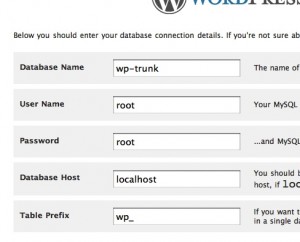About a year and a half ago, I started moving all my personal and professional software development to Git and Github. Here are a few thoughts on what it’s meant for me as a developer.
Originally, the primary impetus for the change was that, as version control software, Git is so much better than Subversion. But in the last few months, the value of Github (the site, as opposed to Git the software) has become increasingly evident and important. As developers (in the WordPress world, especially) have taken more and more to Git, and as folks in general have become more familiar with Github, the value of Github’s social model to my work has increased by a huge amount. Between private and public repositories, client work and open source projects, I collaborate with dozens more people today than I did at this time last year. Some of this collaboration is planned ahead of time, and so maybe isn’t so notable. But increasingly, it’s unexpected and unsolicited – forked repos, pull requests, bug reports and patches.
Probably many of these changes are incidental, and are unrelated to version control at all. But I like to think that the mechanisms of Git – cheap branching, sophisticated merging – and the design of Github – activity streams, easy forking – have played a role. Using Github has changed, and continues to change, my development practices, by making me think more about audience and reuse (notions that are familiar to teachers of writing), encouraging the “release early and often” mantra (since all my stuff is public anyway more or less as soon as I write it), and orienting me toward collaboration by default, rather than solo coding. All these changes are highly laudable, leading to better product, and making my work more fun.
If you are an open-source developer, working in locked-up or practically invisible repositories (or, heaven forbid, not under version control at all), do yourself a favor and get acquainted with Git and Github. The benefits are potentially transformative to the way you approach your work.
